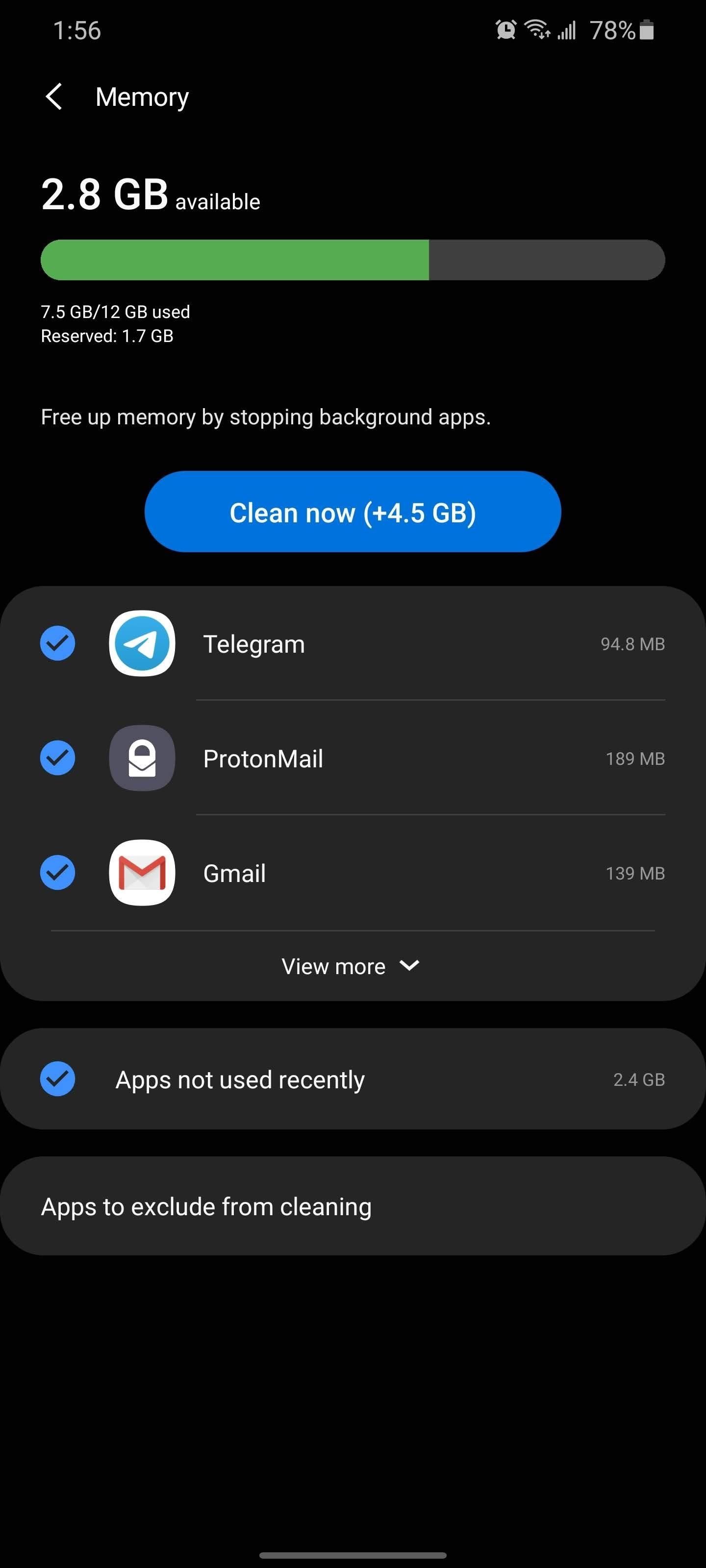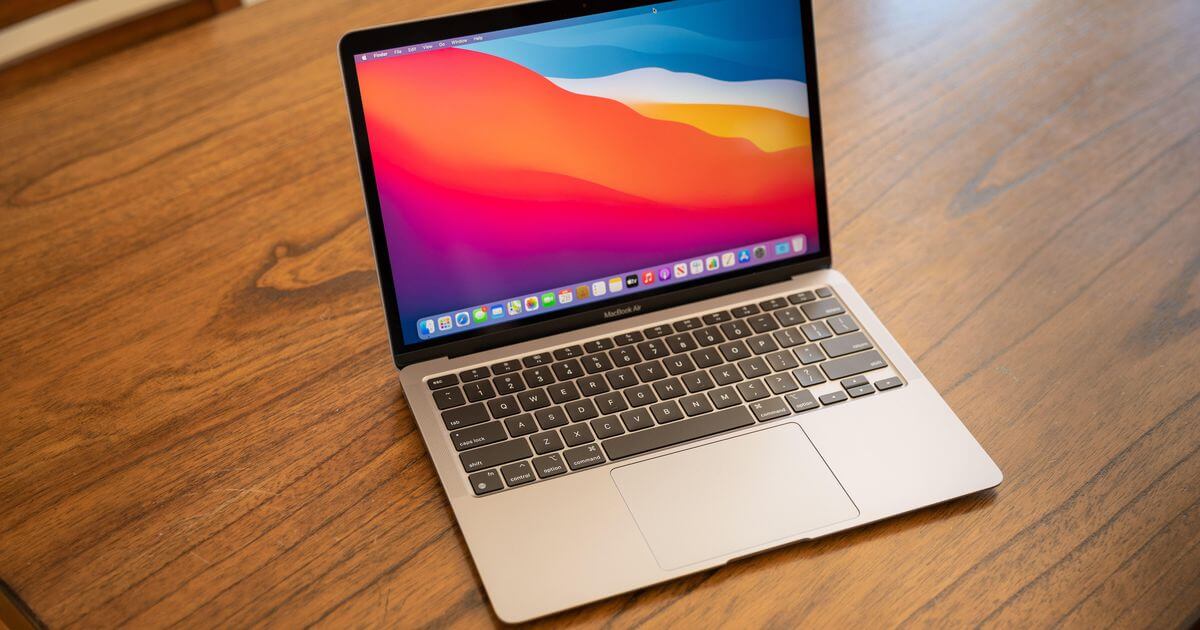If you have been busy using your computer opening up lots of programs, big files like photographs or videos, or just been using your computer a lot you may w. Super Memory Cleaner is a similar app that frees up memory used by apps running in the background. It actively monitors how much free memory you have on your system and regularly purges it when there is memory to free up. You can force the app to clean up the memory as well and though it takes a while to do so, it works well enough, as evident. You can free up valuable disk space by cleaning the 'Other' storage on your Mac. Read this article to learn how to delete all the useless files occupying your precious storage. Let’s take a look at the Mac 'Other' section and optimize your storage. Of course, one of the easiest ways to free up more memory is to boost the existing amount of RAM you have. If you’re not sure what kind of memory your computer takes, you can use the Crucial Advisor to run a scan on your PC and find the best memory to buy.
Let me start by saying that I’m no computer-whizz or Macbook expert. I am, however, someone who constantly had to clear space from their laptop because of all of the photos and videos I import. I just didn’t understand how so much space was being taken up when I transferred pictures, files and videos to a USB regularly.


This isn’t at all the kind of post I’d usually put up, but if you’re a blogger/YouTuber/file hoarder, hopefully this will be of some help to you and stop the dreaded “your startup disk is almost full” notification.
So I looked up a few ways to clear storage online, and while some were helpful, I found a good few ways to free up storage by looking around my laptop myself. Age of empires 2 definitive edition uhd dlc. If you’re deleting files, photos and documents from your laptop, all I can say is be careful. You don’t want to end up deleting critical files and losing things of high sentimental or functional value.
Clear Ram Mac
To check how much storage you’ve free on your Mac and what’s taking up memory, click on the apple in the top left hand corner of your screen. Go to “About This Mac” and then click “Storage”. This shows you a breakdown of the memory on your computer.
How To Free Up Memory On Apple Macbook Air

From there you’ll be able to see what’s taking up the most storage. I transferred old photos/videos/files to a USB and deleted whatever I didn’t need. Yet, while those categories went down in memory, “Other” remained quite high. “Other” is basically everything except for photos, videos, apps, music and backups. Basically, it’s a load of files and messy things (there’s a technical term for that I’m sure, but anyway).
Here’s how I reduced my “Other” storage and created 50GB of free storage on my Macbook Air:

- Go through the Mail app – I had four different mail boxes on my Mail app. FOUR! That’s thousands and thousands of emails, and therefore a huge amount of memory being used up. I removed three of the accounts and now just check them on the actual Outlook/Gmail website instead.
- Go through “recently deleted” in Photos – Photos has its own trash can in the form of “recently deleted”. Once you’re sure you don’t want those photos anymore, delete them for good. I also went through “iPhoto events” which had copies of photos I’d already deleted.
- Organise your files by size – Go into Finder, click “All my files” and then “arrange by size”. This will show you the biggest files on your computer and what’s taking up the most memory.
- Check for duplicate files – Once you’ve done that, arrange the files by name and delete duplicate files. Make sure that you’re deleting the file that you don’t need or use, otherwise you could cause some problems. I used the Duplicate Detective app to do this and found it really helpful, although there were a few duplicates I found manually after this.
- Empty your trash – See all of the files you’ve deleted? They’re still sitting in the trash can. Empty it.
- Check your messages – My phone is synced up to my laptop so every time I get a text, iMessage or not, it goes to my laptop too. If you text a lot, like me, you could have thousands of messages taking up space on your computer.
- Go through “On This Mac” – This was something I only found out this week, but it freed a huge amount of space on my computer. You’d think that “All my files” shows all of your files, wouldn’t you? Well it doesn’t. Go to Finder, then click the search bar. Type in anything at all. You’ll see that the option comes up to search “This Mac” or “All My Files”. Select “This Mac” and you may find hundreds of hidden files. I went through all of these files by searching by file type. So I searched the terms JPEG, emlx (loads of saved emails were hidden here for some reason), message and so on. Look at the file types (PDF, etc) in “All my files” and then search for them by file type on “This Mac”. I found loads of photos that came with the laptop that were useless to me and using up huge amounts of storage.
- Delete apps you don’t need – There might be some apps that you downloaded and forgot about, so go through “Apps” in Finder and delete the ones you don’t use.
- Clear out iMovie – If you make YouTube videos, files in iMovie are probably taking up a huge amount of storage. Go through your projects, events, iMovie theatre, iMovie library and delete what you don’t need. As soon as I save a finished video as a file, I delete everything to do with that video from iMovie and save the file to a USB before deleting it totally off my laptop. Movie files can be massive so try to clear iMovie regularly.
- Find iPhoto -I’m not sure why but the iPhoto app recently updated to Photo. You’d think that the update would just move everything over to Photo and have one copy of it, but no. When I was going through my apps I found iPhoto lurking there, with four thousand photos in it. I made sure I’d already copied all of them to a USB and then deleted all of the photos and the app itself. Sneaky iPhoto.
There are hundreds of different ways to find files on your computer and to find what’s taking up your storage, but these are the ones that have helped me the most. As I said, make sure you’re not deleting anything important. So don’t go sweeping through your laptop deleting everything in sight. If you can, delete everything one by one. That way you know exactly what you’re getting rid of and you won’t have any disasters. And grab a cup of coffee (or three), it’s gonna take a while.
As I said, I’m no expert so this is just what I’ve learnt myself. I hope this is helpful – let me know if there’s anything I can explain further and I’ll get back to you!